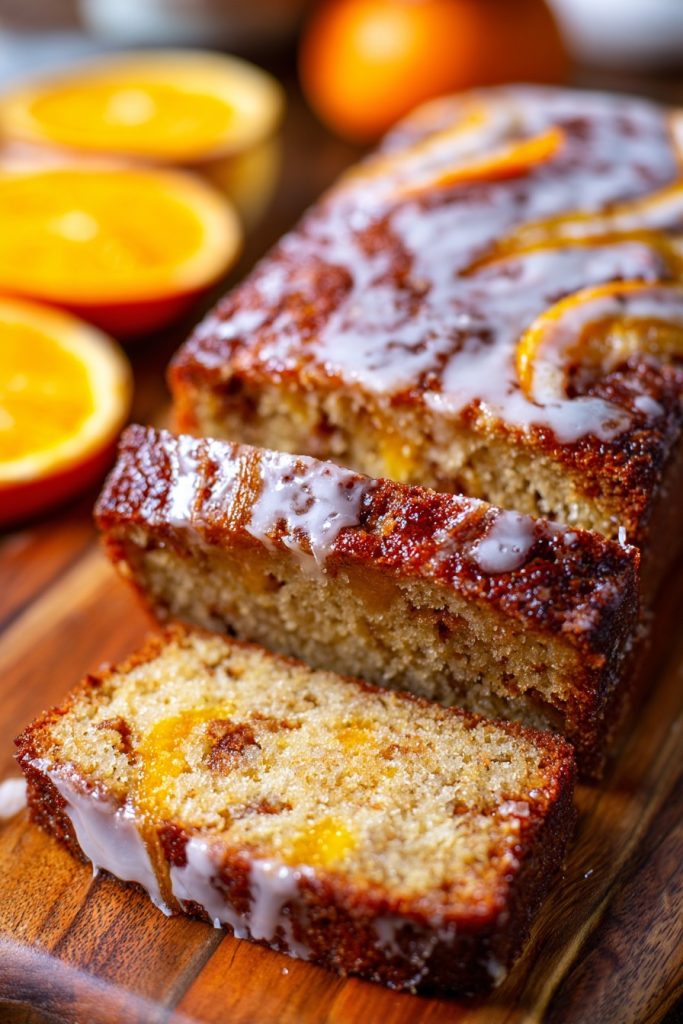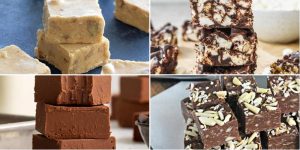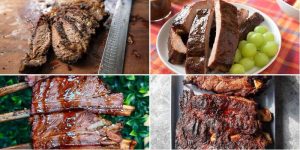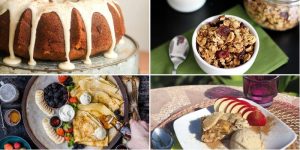Fiery, bold, and unapologetically intense—this burnt orange cake isn’t just dessert; it’s a sensory explosion that will redefine your relationship with citrus. Forget timid lemon cakes and predictable vanilla layers—this creation harnesses the deep, caramelized magic of charred oranges, transforming them into a moist, aromatic masterpiece that crackles with complexity and lingers on the palate like a smoky sunset. Prepare to embark on a flavor journey where sweetness meets smolder, and every bite tells a story of transformation.
Why This Recipe Works
- Caramelized Orange Intensity: By charring fresh oranges until their skins blacken and their juices concentrate, we unlock a profound depth of flavor that raw citrus could never achieve—think smoky marmalade meets burnt sugar, with bitter edges that balance the cake’s sweetness in a thrilling dance of contrasts.
- Moisture-Locked Crumb: The pulverized burnt oranges, skin and all, infuse the batter with natural oils and pectin, creating an exceptionally tender, damp crumb that resists dryness while distributing the orange essence evenly through every forkful, ensuring no bite is left untouched by its bold character.
- Layered Spice Symphony: We don’t just stop at citrus—cinnamon, cardamom, and a pinch of black pepper amplify the smoky notes, adding warmth and a subtle heat that coils around the orange’s brightness, creating a multidimensional experience that evolves with each taste.
- Textural Mastery: A crackly, citrus-glazed crust gives way to a dense yet airy interior, while optional candied orange peel garnish adds chewy bursts of intensified flavor, making this cake as thrilling to feel as it is to taste.
Ingredients
- 3 large navel oranges (for charring and pureeing)
- 2 cups all-purpose flour
- 1 ½ cups granulated sugar
- 1 cup unsalted butter, softened to room temperature
- 4 large eggs, at room temperature
- ½ cup whole milk
- 1 teaspoon vanilla extract
- 2 teaspoons baking powder
- ½ teaspoon baking soda
- 1 teaspoon ground cinnamon
- ½ teaspoon ground cardamom
- ¼ teaspoon freshly ground black pepper
- ½ teaspoon salt
- 1 cup powdered sugar (for glaze)
- 2 tablespoons fresh orange juice (for glaze)
Equipment Needed
- 9-inch round cake pan
- Parchment paper
- Stand mixer or electric hand mixer
- Baking sheet
- Blender or food processor
- Medium saucepan
- Wire cooling rack
- Mixing bowls
- Whisk
- Spatula
- Pastry brush
Instructions
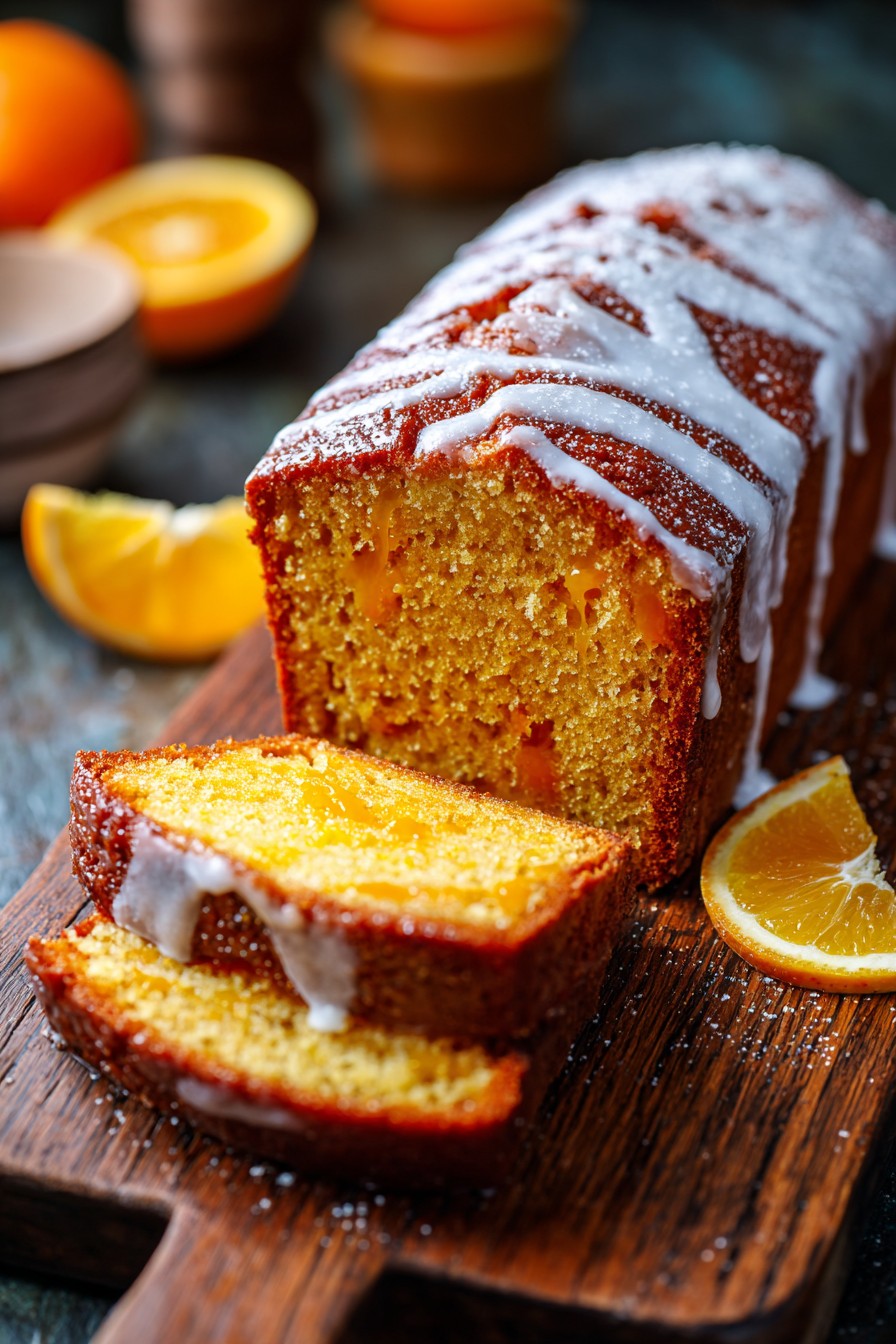
Char and Puree the Oranges
Begin by transforming your oranges into smoky marvels. Preheat your oven’s broiler to high—around 500°F—and position a rack 6 inches below the heating element. Slice all three oranges in half crosswise and place them cut-side up on a baking sheet lined with foil. Broil for 12–15 minutes, watching closely until the tops blacken and bubble with caramelized edges, releasing an aroma that’s equal parts citrus and campfire. Remove them carefully—they’ll be blistering hot—and let them cool just enough to handle. Scoop the softened flesh and charred skins into a blender, pulsing until you achieve a thick, rustic puree with visible flecks of dark peel. This intense base will infuse your cake with a deep, bittersweet character that raw fruit could never provide. Pro Tip: Don’t shy away from the blackened bits—they’re packed with concentrated flavor that balances the cake’s sweetness.
Prepare the Batter Foundation
Now, build your batter with precision and power. In the bowl of a stand mixer fitted with the paddle attachment, cream the softened butter and granulated sugar on medium-high speed for exactly 4–5 minutes, until the mixture turns pale, fluffy, and almost whipped in texture. Scrape down the sides, then add the eggs one at a time, beating for 45 seconds after each addition until fully incorporated and silky. In a separate bowl, whisk together the flour, baking powder, baking soda, cinnamon, cardamom, black pepper, and salt—this spice blend will amplify the orange’s smokiness with warm, aromatic layers. Reduce the mixer to low and alternately add the dry ingredients and milk in three additions, starting and ending with flour, mixing just until no streaks remain. The batter should be thick but pourable, with a speckled appearance from the spices.
Incorporate the Orange Puree
This is where the magic happens—folding in the burnt orange essence. Pour the entire batch of orange puree into the batter along with the vanilla extract. Use a sturdy spatula to fold gently but decisively, making sure the puree distributes evenly without overmixing, which could toughen the crumb. You’ll notice the batter darken to a warm amber hue and take on a fragrant, almost jam-like scent. Pro Tip: For maximum flavor infusion, let the batter rest for 15 minutes at room temperature before baking—this allows the orange oils to meld with the flour, deepening the cake’s complexity.
Bake to Perfection
Transfer your batter to a 9-inch cake pan greased and lined with parchment paper, smoothing the top with your spatula. Preheat your oven to 350°F and place the pan on the center rack. Bake for 50–55 minutes, rotating halfway through, until the top springs back when lightly pressed and a toothpick inserted into the center emerges with a few moist crumbs—not wet batter. The edges will pull away slightly from the pan, and the surface will be golden-brown with crackles that hint at the moist interior. Avoid opening the oven door during the first 40 minutes to prevent sinking.
Cool and Glaze with Intensity
Once baked, let the cake cool in the pan on a wire rack for 20 minutes—this allows the structure to set without becoming gummy. Then, run a knife around the edges and invert it onto the rack to cool completely, about 1 hour. For the glaze, whisk powdered sugar and 2 tablespoons of fresh orange juice in a saucepan over low heat until smooth and slightly warmed, about 3–4 minutes. Brush or drizzle this glossy coating over the cooled cake, letting it seep into the cracks for a shimmering, tart-sweet finish. Pro Tip: For an extra burst, zest an additional orange over the glaze before it sets, adding bright top notes to the smoky base.
Tips and Tricks
To elevate this burnt orange cake from spectacular to unforgettable, embrace these advanced techniques. First, consider using a mix of orange varieties—blood oranges will add a berry-like undertone, while Seville oranges contribute a bracing bitterness that heightens the smoky profile. When charring, if you have a gas stove, try blistering the halved oranges directly over the flame for 2–3 minutes per side before broiling; this double-char method intensifies the caramelization and imparts a subtle smokiness that oven-broiling alone can’t achieve. For textural contrast, fold in ½ cup of toasted chopped walnuts or pecans with the orange puree—their nutty crunch will play against the cake’s damp crumb. If you’re serving this for a dinner party, bake it a day ahead; the flavors deepen and marry overnight, becoming even more complex and cohesive. For a boozy twist, brush the warm cake with 2 tablespoons of Grand Marnier or bourbon before glazing—the alcohol will evaporate, leaving behind a rich, aromatic essence. When measuring your flour, avoid scooping directly from the bag, which compacts it and leads to dryness; instead, spoon it into your measuring cup and level it off for accuracy. Finally, if your glaze seems too thick, add orange juice teaspoon by teaspoon until it reaches a pourable consistency, but never make it runny—it should cling to the cake like a glossy second skin. Store leftovers tightly wrapped at room temperature for up to 3 days, or freeze unglazed slices for up to a month, thawing and glazing just before serving.
Recipe Variations
- Chocolate-Orange Fusion: Replace ½ cup of flour with ½ cup of dark cocoa powder and fold in 1 cup of chocolate chunks—the bitter cocoa will mirror the burnt orange’s intensity while the molten chocolate pockets create gooey surprises in every slice, transforming the cake into a decadent, almost truffle-like experience.
- Spiced Cranberry Swirl: Before baking, swirl 1 cup of tart cranberry jam through the batter using a knife—the sharp fruitiness will cut through the smokiness, adding vibrant red ribbons and a tangy contrast that makes each bite oscillate between sweet, sour, and bitter in the most thrilling way.
- Vegan Smoky Delight: Substitute the butter with coconut oil, use flax eggs (1 tablespoon ground flaxseed mixed with 3 tablespoons water per egg), and swap milk for almond milk—the coconut oil will add a subtle tropical note that complements the charred citrus, while the flax ensures a moist, dense crumb that holds up beautifully.
- Caramel-Glazed Layer Cake: Double the recipe to bake two layers, and fill them with a salted caramel buttercream—the buttery, salty caramel will wrap around the orange’s smokiness, creating a sophisticated dessert that’s perfect for celebrations, with layers that meld into a harmonious, rich symphony.
Frequently Asked Questions
Can I use bottled orange juice instead of fresh oranges for the puree?
Absolutely not—bottled juice lacks the essential oils and pectin found in the whole fruit, especially the charred skins, which are crucial for both flavor and texture. The caramelization process transforms the oranges, developing Maillard reaction compounds that bottled juice can’t replicate. Using fresh, charred oranges ensures your cake has that deep, smoky bitterness balanced with natural sweetness, while the puree’s thickness contributes to the moist crumb. Skipping this step would result in a flat, one-dimensional cake missing its signature intensity.
What if I don’t have a broiler for charring the oranges?
No broiler? No problem—use a kitchen torch to blacken the cut sides of the oranges, holding it 2–3 inches away and moving steadily until evenly blistered. Alternatively, preheat a cast-iron skillet over high heat for 5 minutes, then place the orange halves cut-side down and press for 4–6 minutes until deeply charred. Both methods achieve similar caramelization, though the skillet may require rotating for even coverage. The key is creating those bitter, smoky notes that define the cake, so don’t skip the charring, even if you improvise.
How do I prevent the cake from becoming too dense or dry?
Density often stems from overmixing or inaccurate measurements—always mix just until ingredients combine, and spoon-and-level your flour. The orange puree naturally adds moisture, but ensure your baking powder and soda are fresh (test by dropping a pinch in water; it should fizz). Also, avoid overbaking—check at 50 minutes, and remove when a toothpick shows moist crumbs. If your oven runs hot, reduce temperature by 25°F and extend baking time slightly. Proper cooling in the pan also locks in steam, preserving that damp, tender texture.
Can I make this cake gluten-free?
Yes, swap the all-purpose flour with a 1:1 gluten-free blend that includes xanthan gum for structure. Be cautious when mixing—gluten-free batters can be more delicate, so fold gently and consider adding an extra tablespoon of orange puree to combat dryness. The charred orange flavor will still shine, though the crumb may be slightly more fragile. For best results, let the batter rest 10 minutes before baking to hydrate the flour blend fully.
Why add black pepper to a sweet cake?
Black pepper isn’t here for heat—it’s a flavor enhancer that amplifies the orange’s citrusy notes and adds a subtle, warm spice that complements the cinnamon and cardamom. Think of it like in a classic strawberry-rhubarb pie, where pepper brightens the fruit. In this cake, it creates a lingering, complex finish that keeps your palate engaged, making each bite more dynamic and layered. If skeptical, start with ⅛ teaspoon and taste—you’ll be surprised how it elevates the smokiness.
Summary
This burnt orange cake is a bold, sensory masterpiece—charred citrus puree creates a smoky, moist crumb, while spices add depth and a crackly glaze crowns it all. Embrace the transformation and savor every intense bite.
Burnt Orange Cake
4
servings30
minutes55
minutesIngredients
Instructions
- 1 Char oranges under broiler until blackened, then puree flesh and skins.
- 2 Cream butter and sugar until fluffy, then add eggs one at a time.
- 3 Whisk dry ingredients, then alternate adding with milk to butter mixture.
- 4 Fold in orange puree and vanilla, then pour into prepared pan.
- 5 Bake at 350°F for 50–55 minutes until set, then cool and glaze.
